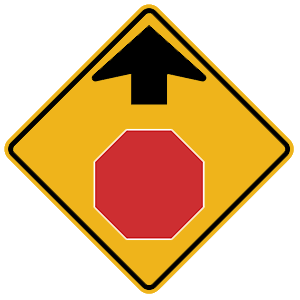2025 Arkansas Permit Test 12
The following questions are from real DMV written tests. These are some of the actual permit questions you will face in Arkansas. Each permit practice test question has three answer choices. Select one answer for each question and select "grade this section." You can find this button at the bottom of the drivers license quiz. For a complete list of questions and answers for Arkansas please visit https://cheat-sheets.dmv-written-test.com/en/arkansas/car.
Number of Tests
Number of Question
Passing Score
17. When adjusting your rearview mirror, you should be able to clearly see:
Explanation
Adjust your inside rearview mirror so you can see the entire rear window from the driver's seat. You should only have to move your eyes, not your head, to use this mirror.
18. You have allowed the wheels of your vehicle to run off the edge of the pavement. What should you do first?
Explanation
If your vehicle leaves the roadway, hold the steering wheel firmly, release the gas pedal, and gently apply the brakes. Wait until your speed has reduced, check the traffic, and look for a place to safely return to the roadway by merging back into traffic. Overcompensating by jerking the wheel to return to the roadway can cause you to lose control of your vehicle or may cause your car to go into other lanes of traffic.
19. If you drive more slowly than the flow of traffic, you will most likely:
Explanation
You must drive more slowly than usual when there is heavy traffic or bad weather. However, if you block the normal and reasonable movement of traffic by driving too slowly, you may be cited. You should match the speed of traffic, unless the speed of traffic exceeds the legal speed limit.
20. As you enter into a roundabout, you should slow down and:
Explanation
When entering a roundabout, you must yield to pedestrians, bicyclists, and traffic already in the roundabout.
21. Just like alcohol and other drugs, drowsiness can:
Explanation
Not getting enough sleep is a cause of poor driving behavior. Just like drugs and alcohol, sleepiness slows reaction time, decreases awareness, and impairs judgment.
22. A blood alcohol concentration of 0.02 percent:
Explanation
Every 0.02 percent increase in blood alcohol concentration nearly doubles a driver's risk of being in a fatal crash.
23. To turn left from a multilane one-way street onto a one-way street, you should start your turn from:
Explanation
When turning left from a one-way street onto another one-way street, you should begin the turn from the far left lane.
24. You should drive on the shoulder to pass a car:
Explanation

